Incidentally, my books can be purchase on Amazon. https://www.amazon.com/stores/T.M.-Raymond/author/B00GZL0Y7C?ref=ap_rdr&store_ref=ap_rdr&isDramIntegrated=true&shoppingPortalEnabled=true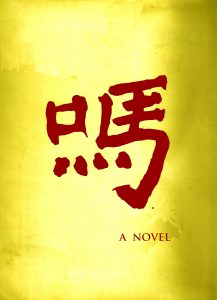
CHINESE PUZZLE is the first book in the series. It opens in Shanghai during the summer of 1928.
The Shanghai Bund, circa 1938.
I imagined Madame Lin several years before I stumbled upon this picture. Once I’d seen it I was unable to visualize her any other way. Note the servant girl holding her mistress’ wooden purse.
Du Yuesheng, on the far right, was the head of the Chinese underworld. He was also known as Elder Brother and was the unofficial ruler of China in the twenties. In one of my favorite chapters, Elder Brother has an intense run-in with one of my protagonists, Zephyr Davies.
Zephyr Davies owns a Hispano-Suiza very similar to this one. Considered by many to be the best car ever made, the Hispano was luxurious, fast, and very expensive. Davies’ car is upholstered in water snake skin, quite the vogue in the late twenties.
Davies’ Hispano is a wooden-bodied dual cowl phaeton. This body style plays a critical role in the plot. The rear windshield is bolted to a body panel, which raises up when a rear door is opened. When everything is battened down the rear passengers are as “snug as bugs in a rug,” as the old expression goes. Note that the car has no exterior door handles.
A 1928 Mercedes 630K limousine, similar to the one Davies rents when he pays a visit on Elder Brother. These cars were notorious for their awful brakes and frightening handling – but they were very impressive to look at.
A 1928 Mercedes 630K town car with a Murphy body. This shot gives a nice glimpse of the exposed exhaust manifolds.
Many Chinese junks had eyes painted on the bow so that the vessel could “see its course.” You could call this a 1920’s version of gps.
Davies, Monica and No Sin have some notable encounters on a large junk similar to this one.
Junks, sampans, warships were all part of the Shanghai landscape.
The Astor House, where a number of dastardly events occur.
Inside the Astor House
The lobby of the Astor House, Davies does some extensive sleuthing in this area.
Monica is sequestered in a room like this.
A more modest room, but still charming.
I love the view of the Bund out the window.
I expect the rooms in the Astor House looked more like this in Monica’s day.
The ultra stuffy Shanghai Club, which was home to the longest bar in the world.
Davies’ neighborhood looked like this.
The Moana Hotel in Honolulu. It’s still there.
A Honolulu street circa 1920.
MADNESS
MADNESS is the second book in the series, picking up right where Chinese Puzzle left off.
The story opens on the S.S. Malolo bound for San Francisco.
Here’s a great shot of the Malolo when it was new.
The Malolo’s main dining room.
The Malolo’s lounge.
The Malolo’s smoking room. Out for a stroll, Zephyr Davies peeks into this room and has some definite opinions about its occupants.
An informal dining room in another Matson liner, circa 1934, (my guess.) I’m also guessing that it’s the Lurline.
I couldn’t resist.
The Malolo enroute. Though the Matson Line’s fleet was known as “The White Ships” the early vessels were painted a special shade of brown. The famous white color was introduced in the 1930s.
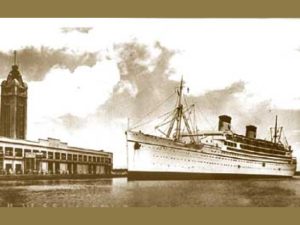
A later shot of the Malolo, now painted white, entering its dock in San Francisco.
A very important scene takes place in a stateroom similar to this one. This shot was taken in the mid-thirties aboard the Lurline, one of the Malolo’s sister ships.
Davies’ Murphy bodied Packard Convertible Sedan is based on this 1927 model once owned by legendary race car driver, Phil Hill.
Another shot of the Packard – Davies’ car is also purple, but without the lavender wheels.
The front seat of the Packard. The thin windshield posts were something of an engineering feat.
Another shot of the car, which is involved in a very important action sequence late in the book.
Another Packard Murphy Convertible Sedan, this one from 1928. The Davies car lacks the small window behind the rear door, which is shown here.
A rear shot of the car – it’s at the back of the car where the action really begins.
A 1926 Essex coupe – the car that No Sin learns to drive in.
A 1928 Marmon coupe. which is involved in yet another action sequence.
The interior of the Marmon, (it doesn’t last long in the book.)
In the book, Davies utilizes a Marmon sedan, rather than a coupe. His also sports wooden wheels.
An L Lincoln touring car, similar to this one, plays a sinister role in the story. This is a lovely shot of a 1928 model.
FEAR THE LIVING
FEAR THE LIVING, the third book in the series, transveres America at the beginning of the Great Depression. No Sin and Zephyr Davies go east, south, west and east again trying to find the cause of a number of baffling deaths at a speakeasy in New Jersey. Much of their journey is spent in Davies’ private railroad car. However, when they reach Reno, Nevada, they have to set off across the desert by car.
Zephyr Davies’ Murphy bodied Duesenberg dual cowl phaeton built on the long wheelbase. (This fact plays an important role in the book.) Note that there are no exterior door handles.
Where No Sin generally rides. The lack of roll-up windows in the rear is a source of great anxiety when a pack of dogs menaces the car.
As the window crank indicates there are roll up windows for the front passengers. The warning lights on either side of the dash indicate whether or not the automatic chassis lubrication is working properly, when the battery requires water, and when the engine oil needs to be changed. One of the silver knobs on the steering wheel is for the headlights, another is for the hand throttle, which can be used as a primitive speed control.
This is the Duesenberg convertible berline with a Castagna body, which makes an appearance in the second half of the book. Note the spotlight on the windshield that No Sin uses to search for wildlife as the Duesenberg streaks across the desert at over a hundred miles an hour.
The rich, “nubby” upholstery that No Sin describes as being inside the Duesenberg. This kind of material was often found inside a motorcar decked out with a Castagna body. This particular Castagna interior belongs to an Isotta-Fraschini Landaulet. For the record, an Isotta was Norma Desmond’s car of choice.
This is a 1926 Lincoln Police Flyer. In the book I refer to an assembly of these cars parked in front of a crime scene as resembling a huddle of “conspiring hunchbacks.” The large convertible top, quite high in the back, gives this impression, in my opinion.
The front seat of the Lincoln where Inspector Luggly sits, turns around and reads the riot act to Zephyr Davies, one of my lead detectives.
Davies’ view forward as he sits in an auxiliary chair and argues with Luggly.
No Sin and another policeman sit behind Davies in the backseat. No Sin is thrown about violently as the car makes sharp turns at high speed. There’s nothing for him to hold onto, the angled top bow being blocked by the car’s side curtains.
The same car when it was newer, wearing its side curtains. These Lincolns were used by many police departments in the 1920’s because they were fast and rugged and were one of the few makes capable of catching fleeing gangsters and bootleggers – who also favored Lincolns. Watch any crime movie from the period – “Public Enemy” for instance – and you’ll see a lengthy parade of rampaging Model L Lincolns.
Monica Marshall drives a 1929 Willys-Knight similar to this one. The unusual paintwork is entirely correct.
The interior of the Willys-Knight is better suited to summer Sunday drives than a white-knuckled trek through the Sierras in January.
Often I rely on my imagination or prior knowledge base to create a detail in my story, then I research what I concocted to verify its accuracy. This is what I did when I came up with the idea of a Cunningham hearse offending No Sin’s sense of aesthetics. Indeed Richard Spiegelman’s flickr page provided a perfect image of the vehicle I’ imagined.
A 1929 Pierce-Arrow coupe similar to this plays a sinister role in the story. The fender mounted headlights were a Pierce trademark- sparking the old joke about a driver who saw the lights of two motorcycles coming his way and decided to drive between them to give them a scare. Unfortunately the lights belonged to a Pierce.
A fairly typical private railroad car from a time when private jets were a futuristic pipe dream. Personally, I’d prefer the railroad car.
Another private car.
Davies prefers a modern motif in his lounge. The chairs in Davies’ car are also green mohair, but blockier and more substantial.
The dining room. Once again, Davies would not like something too ostentatious.
A similar dining room from another car.
A stateroom with the bed facing the window. This position is more comfortable when one considers that a rail car tends to swing back and forth as it moves along.
Private cars could be quite lavish, this one belonged to royalty. Zephyr Davies would have been amused.
Lucius Beebe in his private car.
An example of how over the top a private car could get. Lucius Beebe again. I remember seeing him judging Roll’s-Royces at the 1965 Pebble Beach concours a few months before his death. He was wearing a gray three-piece suit and a bowler hat and seemed quiet and solitary.
Near the end of the book, Zephyr Davies, No Sin, and Monica Marshall huddle down in the public lounge car to plot strategy. This appears to be from the mid to the late thirties, but still provides a general idea of what such a lounge would have looked like.
Salt Lake City’s Temple Square near the turn of the previous century, not that far away from the time when the book takes place.
The Mormon Tabernacle where the final chapters of the book unfold.
The interior of the Mormon Tabernacle around the early twentieth century.
A more recent shot of the Tabernacle’s interior.
The chamber beneath the great organ.
The Hotel Utah.
How the Hotel Utah looks today.
The entrance to the hotel.
The lobby of the Hotel Utah, where Monica does some soul searching.
NO SIN IN THE HOUSE OF DEATH
BOLDT CASTLE
Boldt Castle in upstate New York is this visual inspiration for the crumbling Blacker Mansion
It was built by George Boldt, the general manager of the Waldorf-Astoria Hotel, and is currently open to the public.
The library at Biltmore, the Vanderbilt mansion in North Carolina, partially inspired the library where so much of the action takes place in the book.
JANTZEN’S ISLAND
Built in 1929 by the Jantzen family, this stylish compound has little in common with the fictional Blacker mansion, but it inspired the author to set his murder mystery on an island in fashionable Lake Oswego.
THE HOFER HOUSE
These first two shots of the Hofer house were taken shortly after it was built in the late 1920’s.
This picture is from the 1940’s. Those familiar with Lake Oswego ought to be struck by how much has changed – not so many trees now.
Circa 1950. The upstairs dormer window looks out from the bathroom that connects Davies and No Sin’s bedroom to Monica’s.
The front walk leading to the guest house. This shot was taken in the early nineteen forties.
This unassuming shot, taken in the 1940’s, may not be a thing of beauty but it captures No Sin’s view of the fictional Blacker’s Island from the pier at the Hofer house. Actually, the island would be just behind the grove of close trees, out of view, while the island that can be seen is far too small to play host to anyone’s home. (Unless they lived in a cardboard box.) Incidentally, the closer grove of trees is the setting for No Sin’s encounter with Wilmer Cook. Today, the grove is gone, razed to provide room for several McMansions.
The living room – taken in the late sixties.
The dining room with its carefully selected, flawed tiles. In theory, Blacker’s Island could be seen out the window a half-mile to the left of the red flower arrangement.
Edna Hofer sitting in her living room, not at all happy about being photographed. The shot was taken in the early nineteen forties, and the fireplace is the one that Davies, Monica and No Sin would have stared into as they discussed the case. The paintings on the wall to the right of the fireplace are of Edna and Larry.
Edna Hofer walking through her garden in the mid 1940’s. As the picture demonstrates she dressed in great style, but paid little attention to the passing fashions of her day.
Edna Hofer a few years before she married Larry.
Lawrence Hofer. “Even his ears looked distinguished.”
The lobby of the Benbow
The Benbow’s dining room.
THE ROAD NORTH
(Not the coast route, however, but the inland road near Mount Shasta. Nonetheless, this gives an indication of the condition of the roads in those days, even primary routes.)
OSWEGO CIRCA 1938
BENSON HOTEL
An Oregon farmhouse, not unlike the one that Carter lives in.
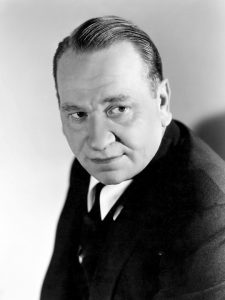
CARS
This is what Monica’s Rolls-Royce Phantom II Brewster bodied Henley roadster looks like.
An interior of car like Monica’s. “Facia” is a another term for “dashboard.”
What Zephyr Davies’ Marmon V16 would have looked like.
This model often came with decorative wood trim, but I imagine that Davies would have preferred a starker, more modern and sporting look.
The long lost 1931 Lincoln LeBaron Berline. A berline is a sedan with a division window. If it had jump seats it would be a limousine, but it doesn’t so it’s a berline. The long hood is evident in this shot – in contrast, the hood, or bonnet, on Monica’s car is far more orthodox. Ditto No Sin’s.
The interior of the Berline – “rather plain inside,” a testimony to No Sin’s pampered lifestyle.
The interior of a 1932 Lincoln KB Judkins berline. This shot clearly displays the tinted glass sun visors that these cars were equipped with. If you’ve read the book you know the important role these sun visors play.
No Sin’s old Auburn speedster
A 1931 Cord Cabriolet; Lawrence Hofer was reputed to have owned one. Though considerably less expensive than Monica’s Rolls-Royce, the stunning lines of the Cord dulled the luster of any vehicle parked beside it. Larry Hofer was personally acquainted with E.L. Cord, and would have been impressed by the fact that the Cord was one of the first automobiles to come equipped with front wheel drive.
Larry Hofer standing by his 1940 Nash Special Cabriolet with a body by Count Alexis de Sakhnoffsky. I’ve included these shots for a couple of reasons, first they’re cool, having been taken when this car was only a couple of weeks old. Note that all of the trim is copper plated. Secondly, these pictures give my readers more indications of what Larry and Edna looked like. Finally, these images help to substantiate the comments that I made in my biography about the 1930’s. Compare this 1940 Nash to Monica’s circa 1930 Rolls-Royce, or the L29 Cord. A difference of less than ten years, yet the advance in styling is staggering.
Larry again.
Edna and the Nash in Pasadena.
A FUN HOUSE OF SORTS
Here are some medieval clocks, indicating that the technology needed to create the fun house in the Blacker Mansion was centuries old.
Note from the size of the windows that the moving statues on this clock are nearly life-size.

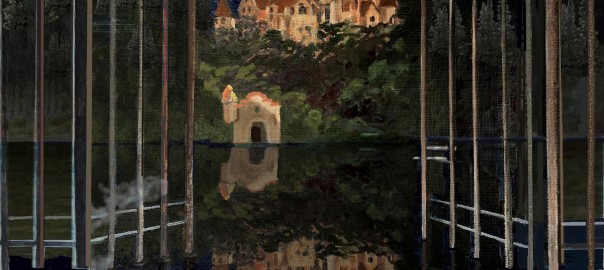
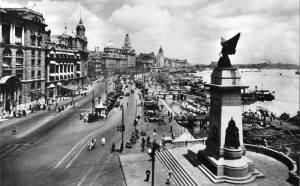
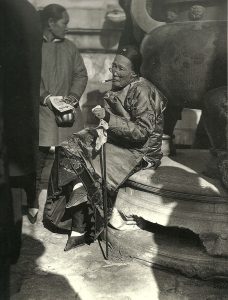
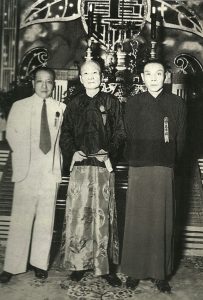
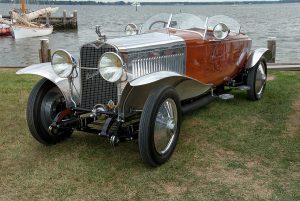
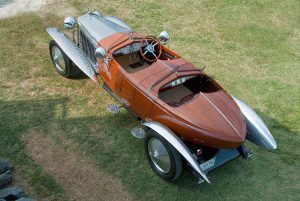
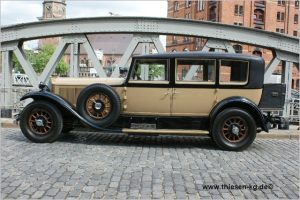
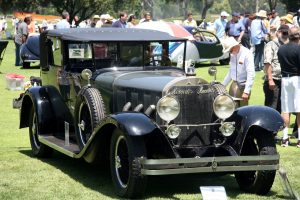
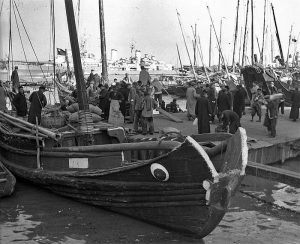
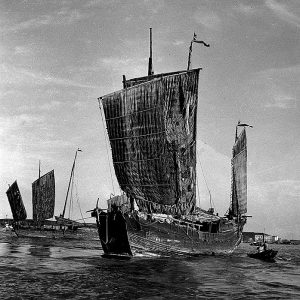
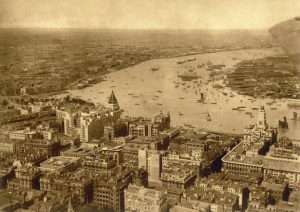
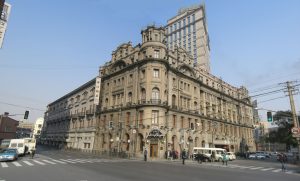
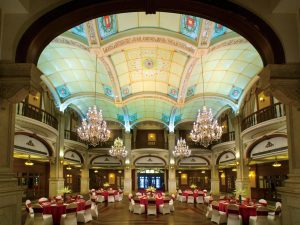
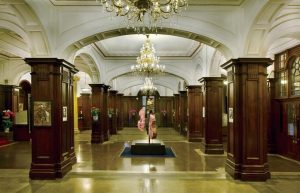
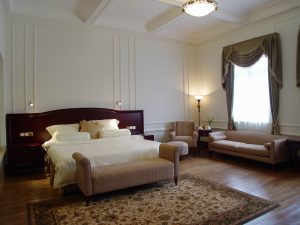
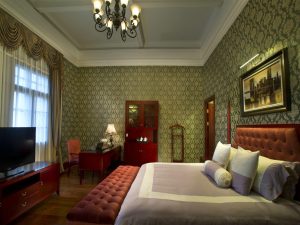
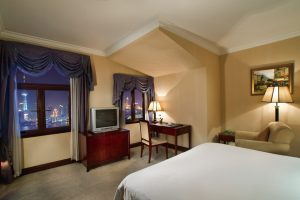
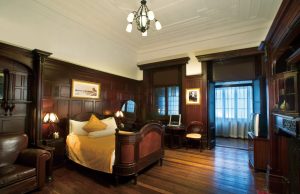
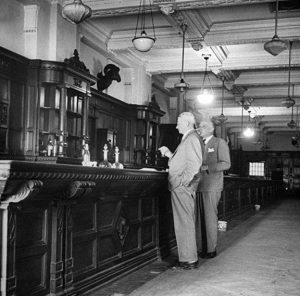
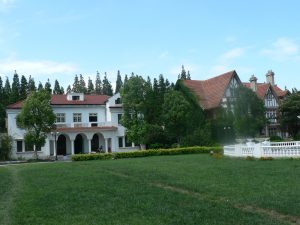
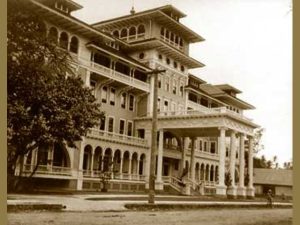
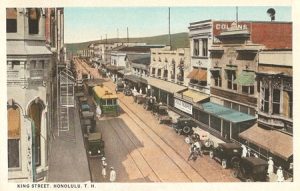
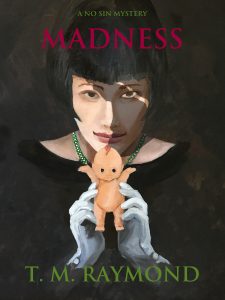
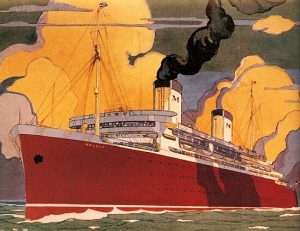
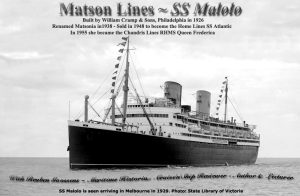
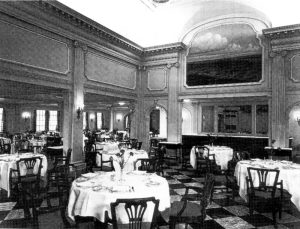
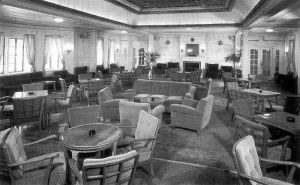
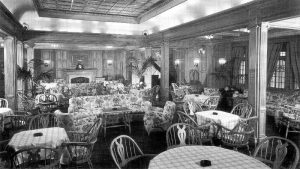
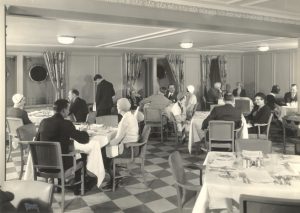
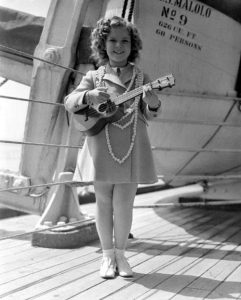
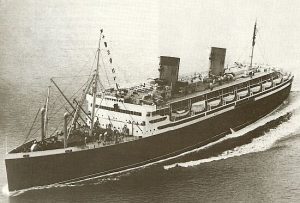
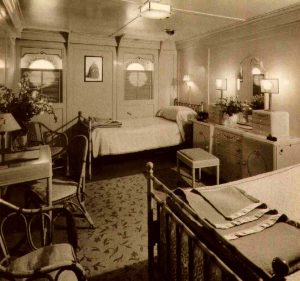
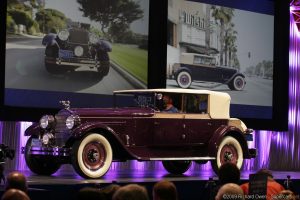
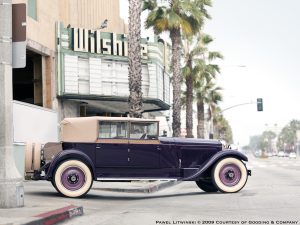
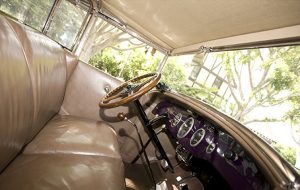
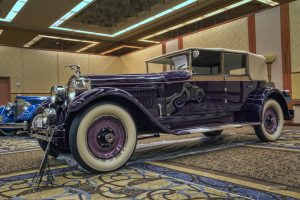
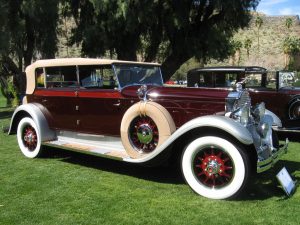
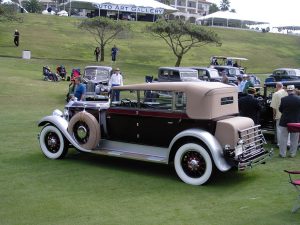
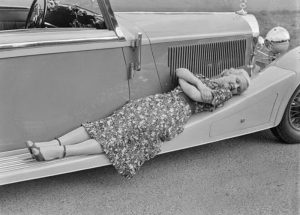
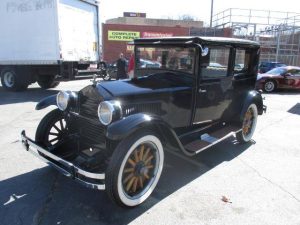
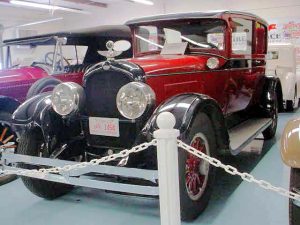
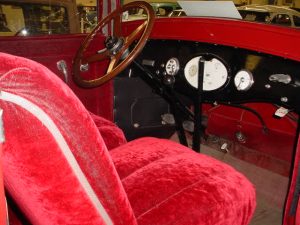
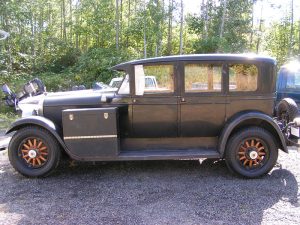
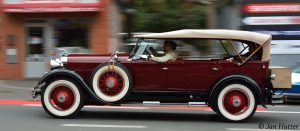
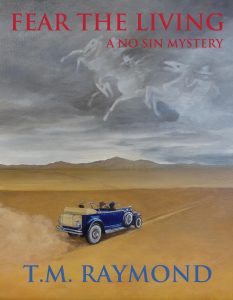
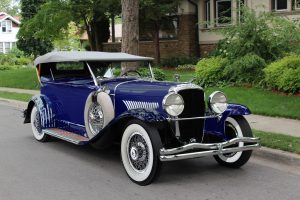
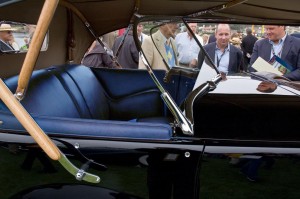
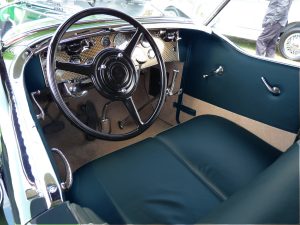
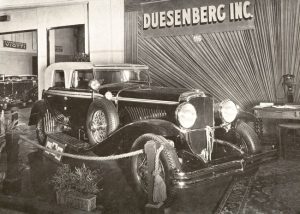
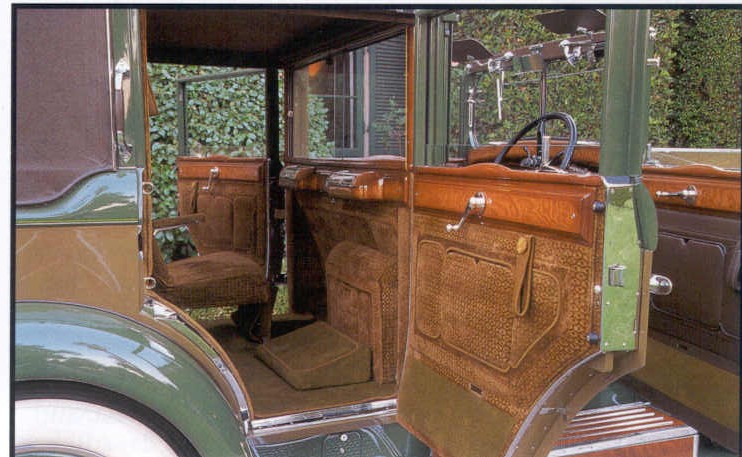
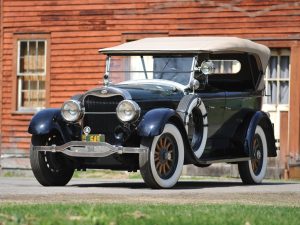
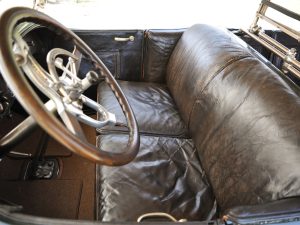
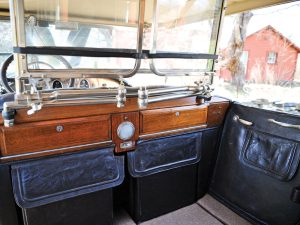
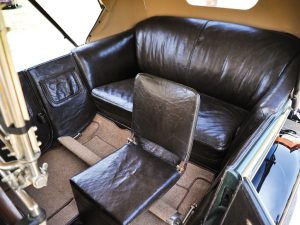
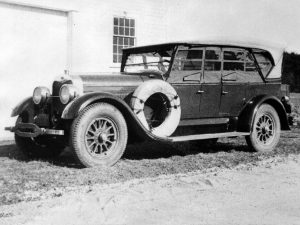
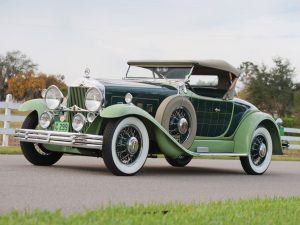
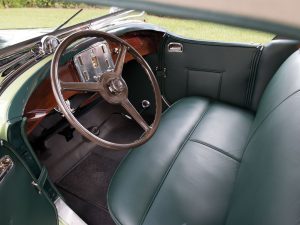
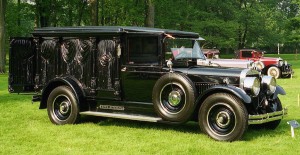
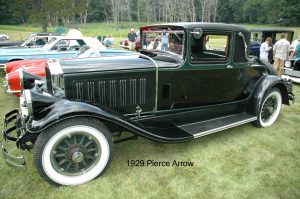
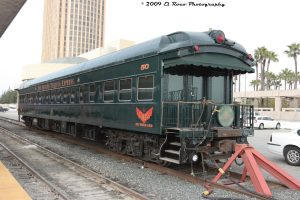
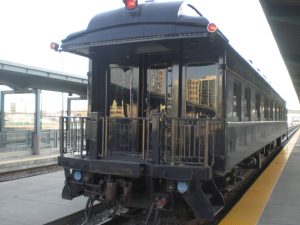
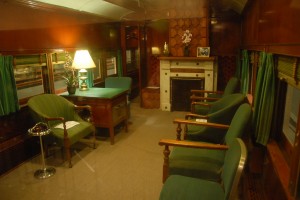
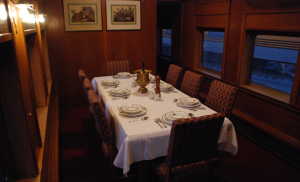
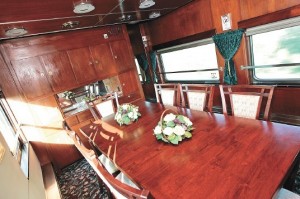
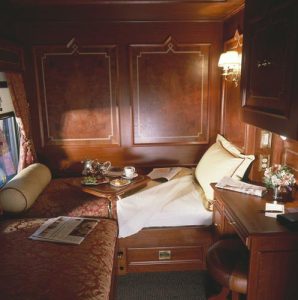
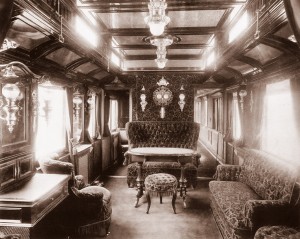
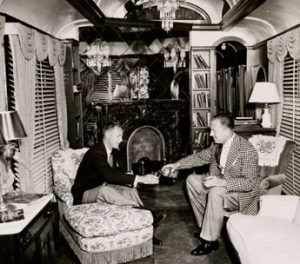
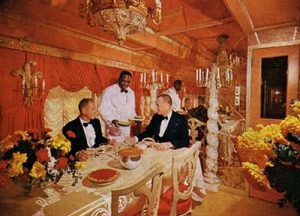
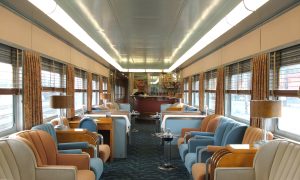

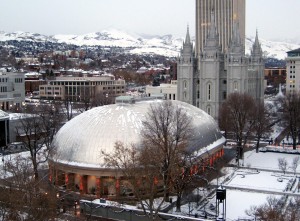
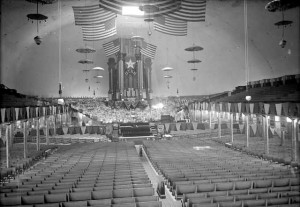
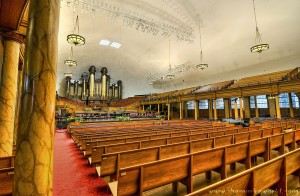
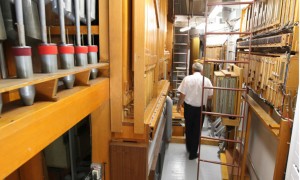
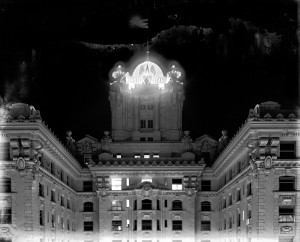
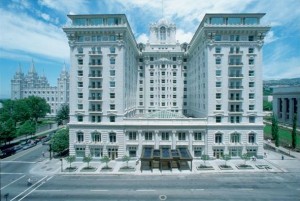
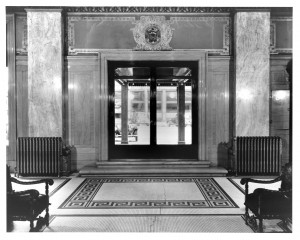
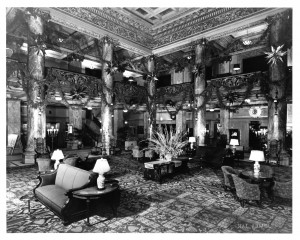
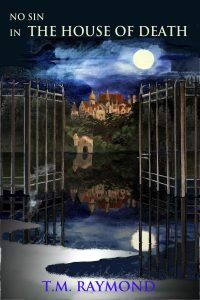
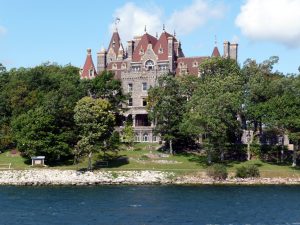
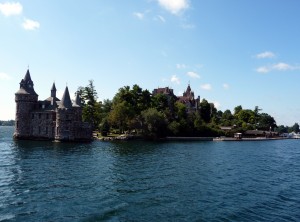
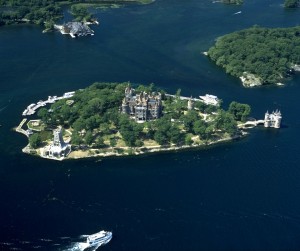
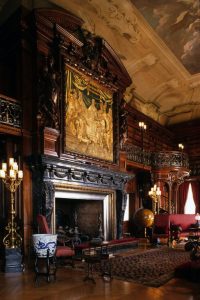

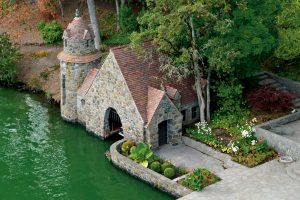
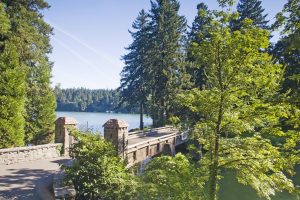
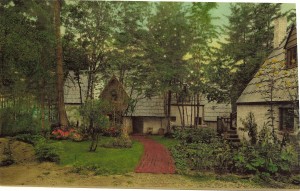
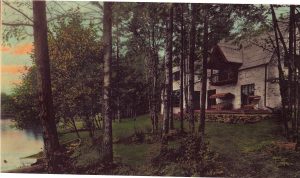
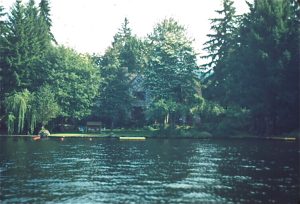
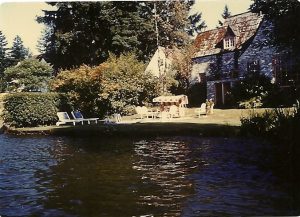
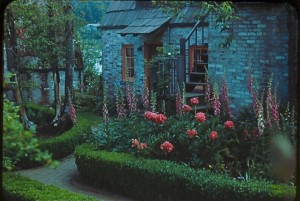
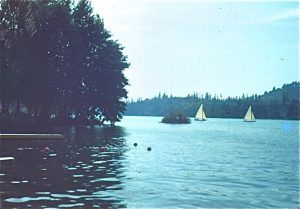
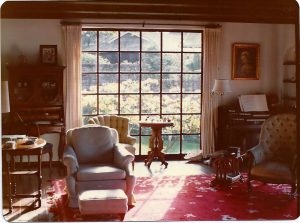
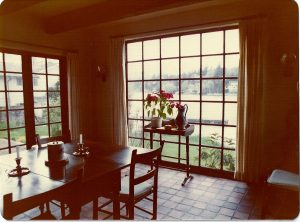
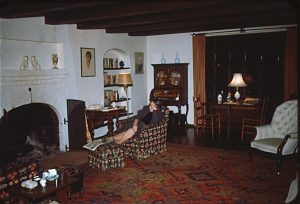
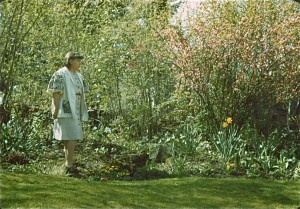
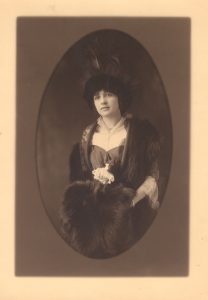
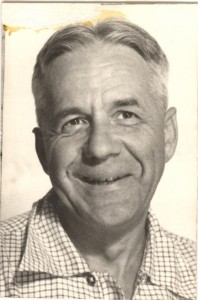
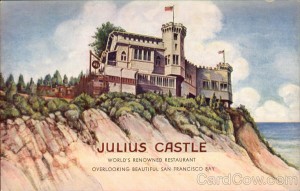
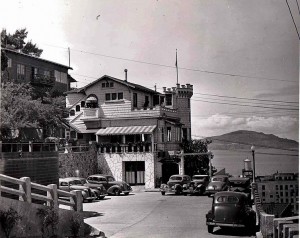
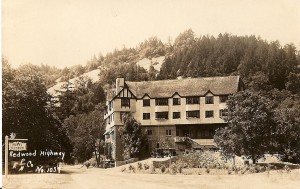
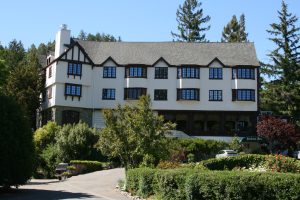
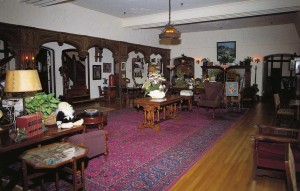
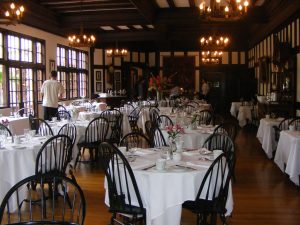
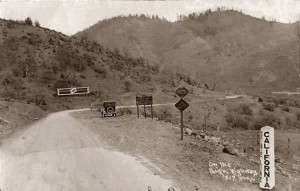
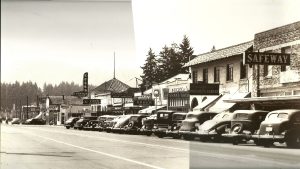
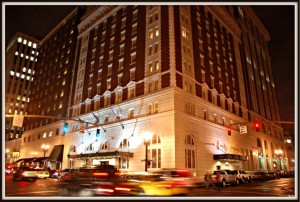
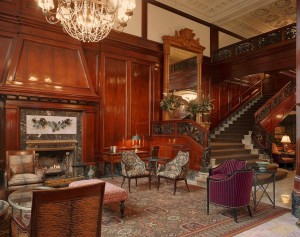
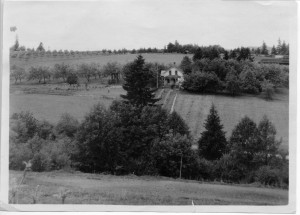
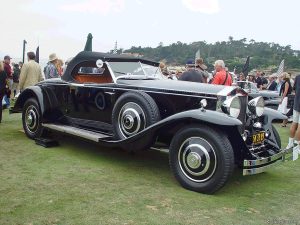
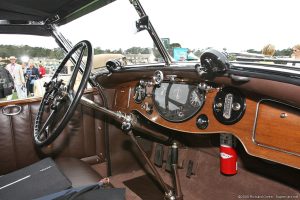
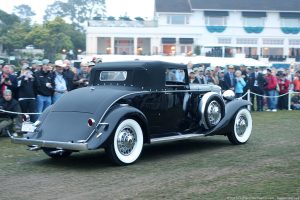
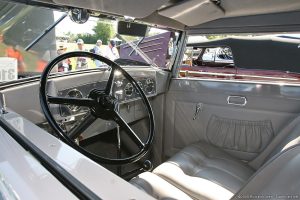
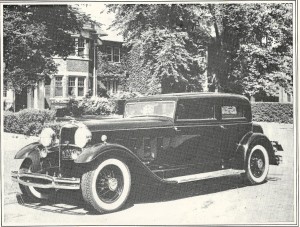
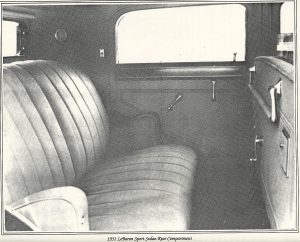
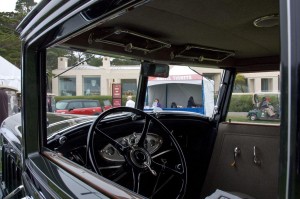
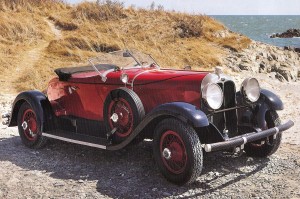
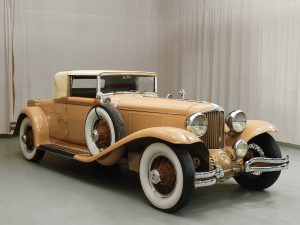
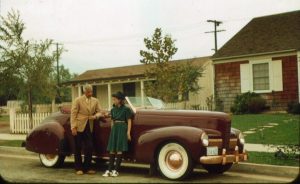
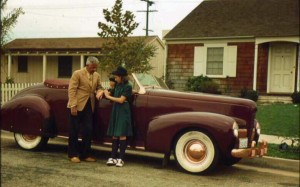
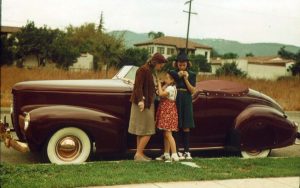
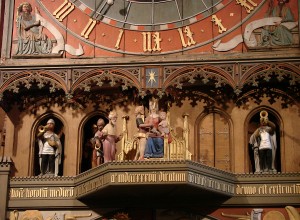
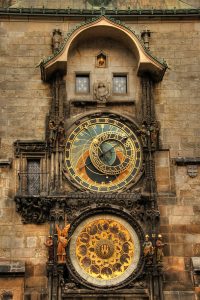
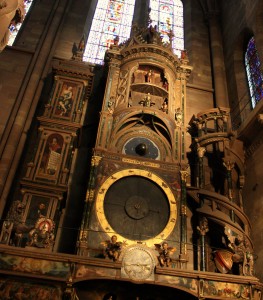
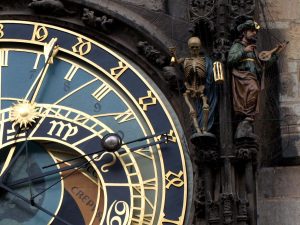
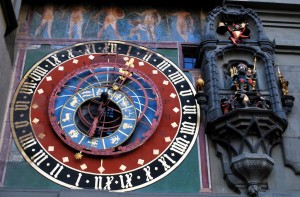
Wow that was odd. I just wrote an very long comment but after I clicked submit my
comment didn’t show up. Grrrr… well I’m not writing all
that over again. Regardless, just wanted to say wonderful
blog!
Wow, marvelous blog structure! How long have you been running a blog for?
you made running a blog glance easy. The full glance of your web site is great, as neatly as the content material!
Howdy very cool blog!! Man .. Beautiful .. Superb .. I’ll bookmark your site
and take the feeds additionally? I am satisfied to seek out a lot
of helpful information here within the put up, we
want develop extra strategies in this regard, thank you for sharing.
. . . . .
Youre so cool! I dont suppose Ive read anything like this before. So good to search out any individual with some unique thoughts on this subject. realy thanks for beginning this up. this website is one thing that is needed on the internet, someone with a bit of originality. useful job for bringing one thing new to the internet!
Thanks for your kind words
Quiz Answer#1
Du Yuesheng, also known as Elder Brother, was in command of the dreaded Red and Green Societies. As the head of the Chinese Underworld he was China’s unofficial ruler in the 1920’s when warlords, foreign devils, and various politicos were battling to lead the country. In charge of Chiang’s Opium Suppression League, he was also China’s leading opium smuggler.